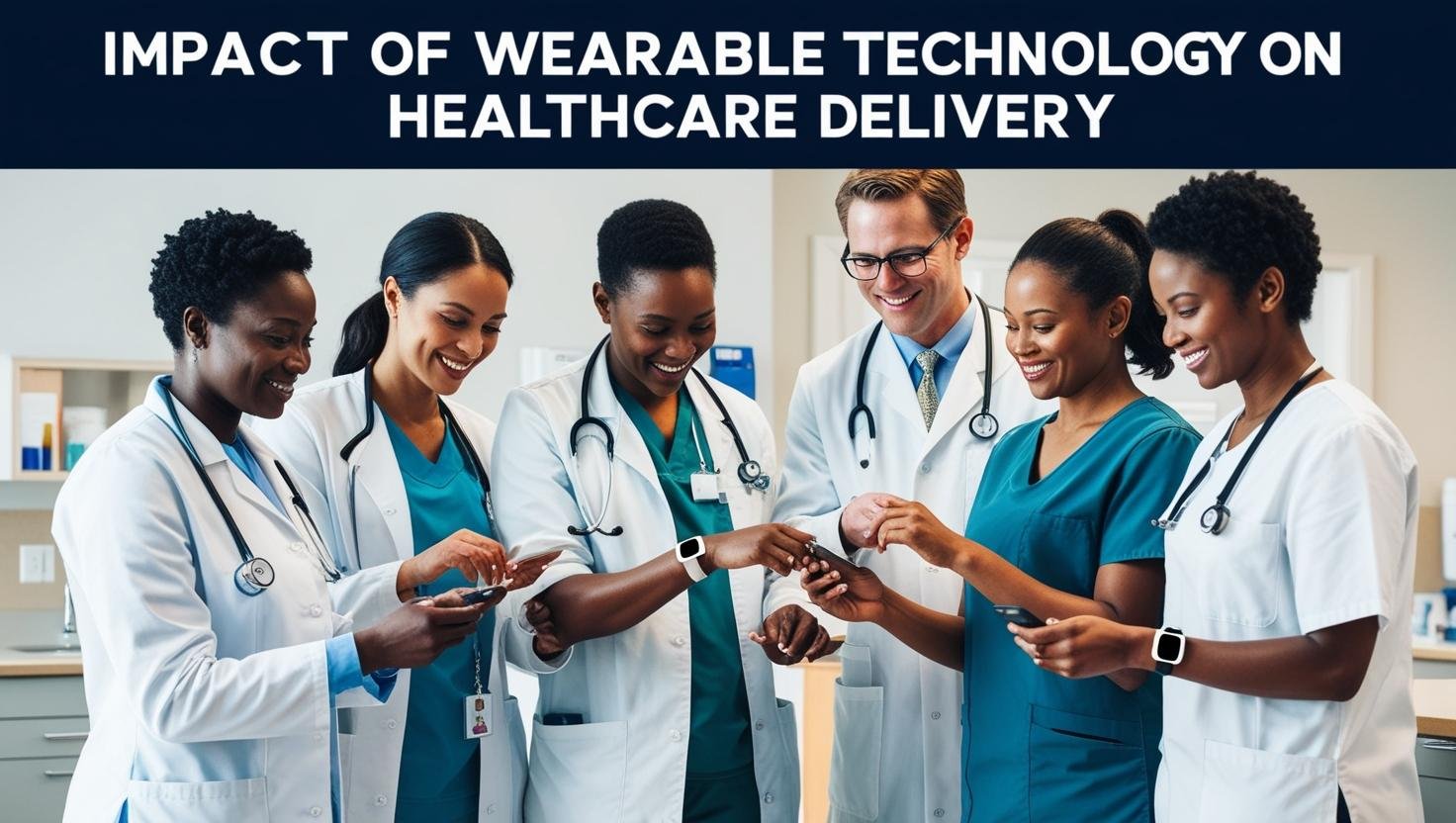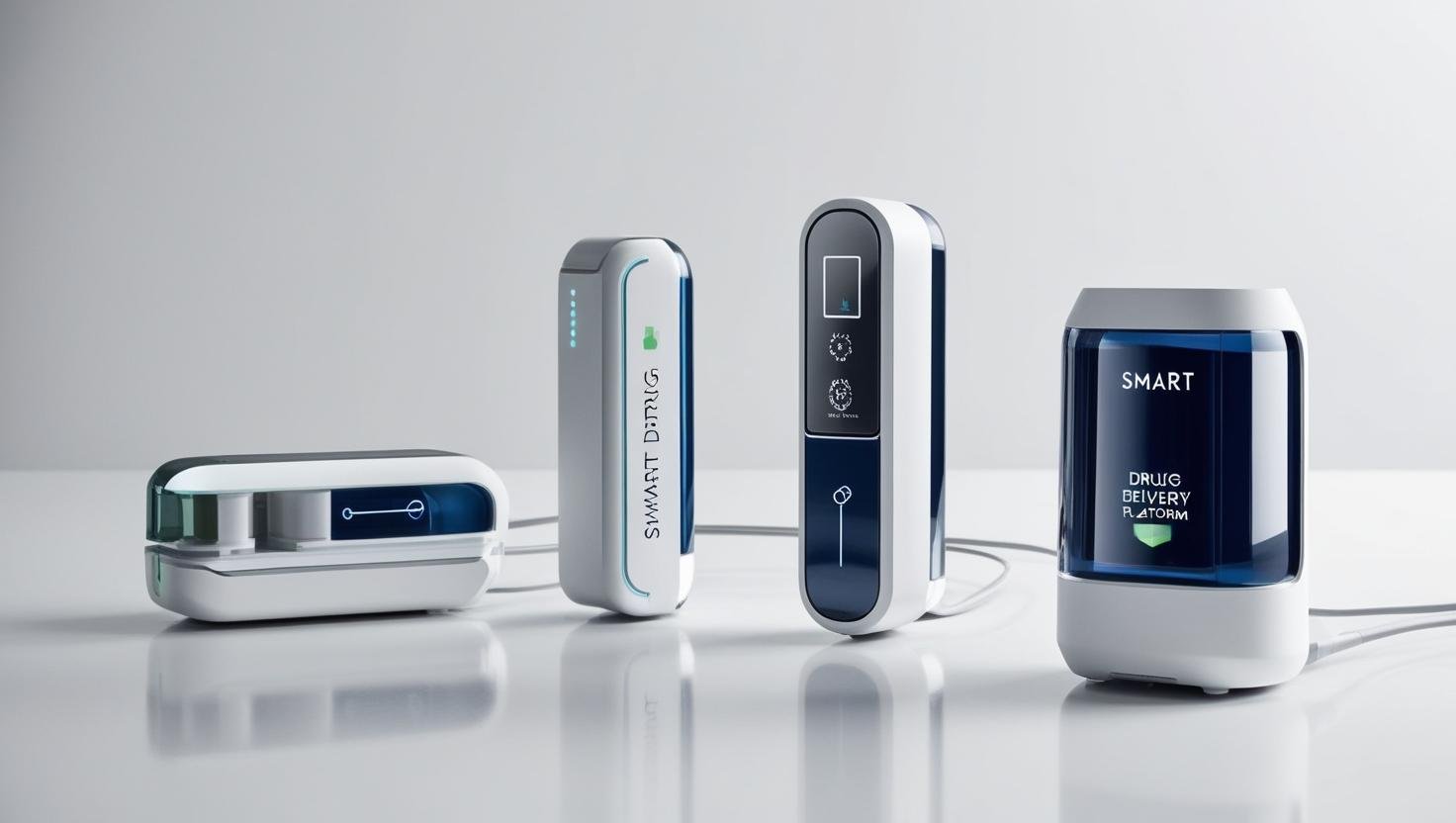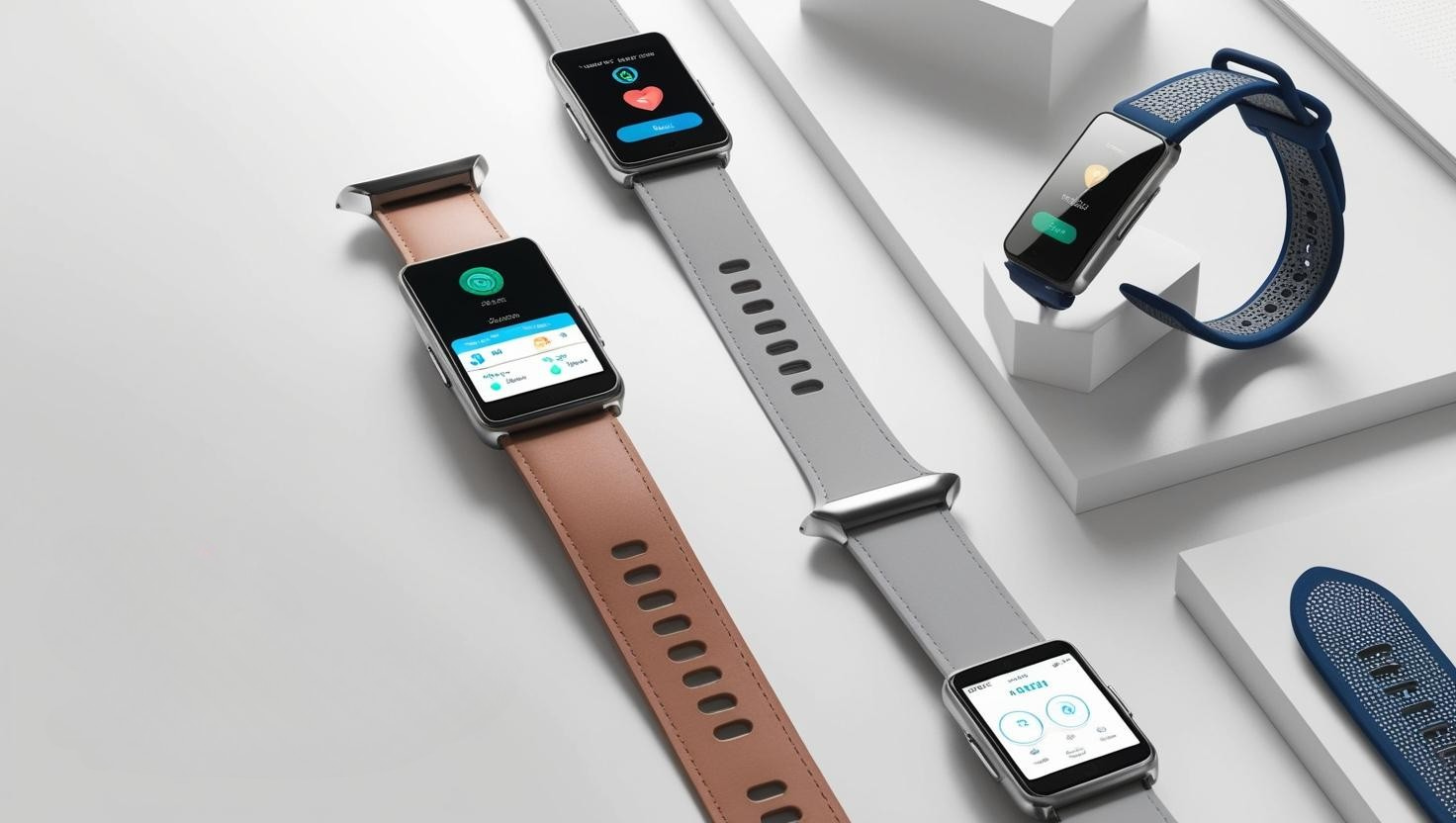The global market for wearable medical devices is experiencing unprecedented growth, with projections showing a remarkable 28.1% annual growth rate from 2022 to 2030. This surge in wearable technology in healthcare is revolutionizing how we approach patient care and treatment delivery. Notably, by 2025, up to 70% of clinical trials will incorporate wearable devices such as biosensors, marking a significant shift in medical research and drug development.
Furthermore, these wearable medical devices are transforming traditional healthcare delivery by enabling continuous health monitoring and improving medication adherence. Specifically, smart pills and other wearable health technology solutions help reduce medication errors caused by patient-doctor miscommunication while providing real-time data on treatment effectiveness. The future of wearable technology in healthcare looks particularly promising, as these devices not only reduce clinical trial costs but also increase accessibility for participants by enabling remote monitoring from their homes.
In this article, we will explore how wearable technology is reshaping drug delivery systems, examine its impact on patient care, and analyze the emerging trends that are defining the future of healthcare delivery.
Impact of Wearable Technology on Healthcare Delivery
Accuracy and reliability pose significant challenges in healthcare wearable technology, especially regarding sensor calibration and data precision. Healthcare providers face mounting pressure to manage an increasing volume of patient data while maintaining quality care standards.

Current Healthcare Challenges
The healthcare sector confronts several obstacles in implementing wearable technology. Motion artifacts, signal interference, and suboptimal device placement often compromise measurement precision. Moreover, healthcare staff must monitor vital signs effectively while managing extensive data streams, which requires sophisticated computing power and analytics tools.
Digital Health Revolution
The COVID-19 pandemic has accelerated the adoption of digital health technology, making remote healthcare monitoring essential for avoiding unnecessary hospital visits. Indeed, smartwatch users demonstrate remarkable engagement, with 92% utilizing these devices for health maintenance and management. Additionally, continuous advancements in battery technology have enabled the development of compact devices, allowing seamless integration into wearable medical systems.
Patient Engagement Transformation
Wearable technology has fundamentally altered how patients interact with their healthcare providers. Through real-time feedback during patient interactions, these devices enable medical professionals to better understand their patients’ physical health requirements. Consequently, hospitals have recorded improved data accuracy by tracking patient visits and stay durations.
The integration of wearable technology with existing healthcare systems presents both opportunities and challenges. Healthcare organizations must address data interoperability issues while ensuring robust privacy protection. Therefore, establishing clear guidelines and standards remains essential for mainstream adoption of these technologies in healthcare.
Remote patient monitoring through wearable devices has proven particularly effective in managing chronic conditions. For instance, hospitals implementing wearable technology for broader purposes have established seamless connections between patients and caregivers, resulting in more personalized care delivery. These advancements in monitoring capabilities allow healthcare providers to track vital signs continuously, offering timely assistance when necessary.
Smart Drug Delivery Platforms
Smart drug delivery platforms have emerged as sophisticated systems that combine biosensing and therapeutic components for personalized healthcare. These platforms primarily focus on enabling self-administered, noninvasive, and user-friendly drug delivery methods.

Wearable Device Types
Modern wearable drug delivery systems encompass several innovative platforms. The enFuse platform delivers large volumes of medications subcutaneously, offering a hands-free alternative to intravenous methods. Subsequently, the Horizon wearable micro-pump platform features a custom internal reservoir design that reduces device size while maintaining effectiveness.
These platforms include:
- Microneedle-based wearable skin patches
- Hydrogel-based drug microdepots
- Smart bandages
- Drug-eluting contact lenses
- Polymeric ocular inserts
Communication Protocols
The integration of sensors and actuators in drug delivery systems relies on sophisticated communication methods. Radio-frequency (RF), ultrasound, and in-body communication protocols enable precise signal transmission between components. These protocols essentially determine power consumption rates, data transfer speeds, and location awareness dependencies.
User Interface Design
The user interface incorporates multiple feedback mechanisms to guide patients through their drug delivery experience. Alternatively, devices feature audio, visual, and tactile indicators that can be customized based on specific patient needs. The interface design simultaneously focuses on reducing complexity while maintaining safety features.
The platforms incorporate sensors that verify operational steps, including proper device placement and adhesive application. These safety mechanisms ensure that drug delivery begins only after confirming proper device attachment and cannula insertion. The interface design simultaneously prioritizes user comfort through features like hidden cannula injectors, which help reduce anxiety associated with self-injection.
Future of Wearable Health Technology
Advancements in materials science and sensor technology are opening new frontiers in wearable health technology. First of all, biocompatible materials like polyethylene naphthalate, polyethylene terephthalate, and polydimethylsiloxane are enabling the development of flexible, stretchable devices that conform naturally to the human body.
Emerging Technologies
E-tattoos represent a breakthrough in wearable health monitoring. These ultrathin, skin-soft electronic devices accurately capture physiological and psychological information without compromising user comfort. In parallel, smart contact lenses are advancing ocular health management through integrated sensors that track biomarkers for ophthalmic and metabolic diseases.
Recent innovations include:
- Transient electronic systems that dissolve after fulfilling their purpose
- Wireless, battery-free organ interfaces using soft materials
- Microfluidic patches for real-time biomarker analysis

Innovation Trends
Artificial intelligence is driving significant progress in patient monitoring capabilities. These systems process vast amounts of biometric data at rapid speeds, enabling prescriptive, preventive care. Alternatively, reinforcement learning in robotic prostheses allows devices to adapt and improve performance based on user behavior.
Material science breakthroughs have introduced gallium-based liquid metals, which combined with polymers, create flexible platforms for conformable bioelectronics. As a result, these advances support the development of more sophisticated drug delivery systems and therapeutic interventions.
Market Growth Projections
The global wearable healthcare devices market, valued at USD 40.7 billion in 2023, is projected to reach USD 69.2 billion by 2028, growing at a CAGR of 11.2%. The healthcare segment anticipates a significant growth rate of 13.1% from 2024 to 2030.
The integration of 5G networks has proven instrumental in transmitting extensive medical imagery data files, thereby enhancing both access to healthcare and quality of care. Through lower latency and increased capacity, healthcare systems can extend remote monitoring services to more patients, enabling real-time data access for timely interventions.
The Asia Pacific region shows promising growth potential due to increasing chronic condition prevalence and healthcare infrastructure modernization. In addition, emerging markets present lucrative opportunities for wearable healthcare device manufacturers, with various companies making substantial R&D investments to develop innovative products.
Patient Experience and Adoption
Poor medication adherence remains a critical healthcare challenge, with studies indicating that merely 30-37% of patients with glaucoma follow prescribed dosing schedules. This statistic becomes even more concerning for patients with cardiovascular complications, where adherence rates drop to 25%.
Usability Considerations
User experience testing has become the benchmark for determining technology adoption in healthcare wearables. The key factors affecting usability include:
- Device comfort and wearability
- Interface simplicity and accessibility
- Data privacy and security measures
- Integration with existing healthcare systems
Accordingly, manufacturers must ensure their adhesive materials meet ISO10993 standard tests for cytotoxicity, irritation, and sensitivity. Besides, the development process involves multiple design cycles combining qualitative and quantitative methods to optimize user experience.
Compliance Improvement
Studies reveal that poor adherence to prescribed drug dosing regimens accounts for 33-69% of routine hospitalizations in the United States, resulting in approximately $100 billion in annual costs. Nevertheless, wearable drug delivery systems have demonstrated significant improvements in medication compliance through automated dosing and real-time monitoring.
Rather than relying on traditional methods, these devices emit audible and vibrating alerts or send text messages to users, ensuring timely medication administration. Evidently, the integration of sensing components with therapeutic elements enables personalized feedback and closed-loop drug delivery systems.
Quality of Life Impact
Wearable health technology has significantly enhanced patient autonomy and treatment outcomes. Although initial concerns existed regarding device comfort, advanced versions now incorporate ‘holey architectures’ that increase mechanical compliance while wicking moisture away from the skin-device interface.
The continuous monitoring capabilities allow healthcare providers to remotely supervise patient progress. Thus, patients experience greater convenience by reducing the need for frequent clinical visits. Generally, these devices collect data throughout the day, providing a richer dataset than snapshot readings obtained during facility visits.
Certainly, the implementation of these technologies requires careful consideration of patient demographics and needs. Still, the ability to monitor health status remotely strengthens integration into existing telehealth models, primarily benefiting those with chronic conditions.
Healthcare System Integration
Integration challenges stand at the forefront of wearable technology adoption in healthcare systems. The successful implementation of these devices hinges on three critical factors: data interoperability, clinical workflow integration, and cost-benefit considerations.
Data Interoperability
The healthcare sector faces substantial hurdles in standardizing data across different wearable devices. Currently, device and EHR vendors employ distinct, proprietary communication methods, creating barriers to seamless data transfer. Through standardization efforts, healthcare providers aim to establish plug-and-play interoperability, similar to consumer electronics standards.
Primarily, the integration of wearable data with symptom information has proven valuable in identifying health conditions accurately. Yet, the lack of interoperability makes it challenging to compare and balance results collected from different devices and sensors. Upon examining current systems, researchers have identified that software and hardware compatibility remains a significant obstacle to widespread adoption.
Clinical Workflow Integration
Healthcare organizations must address the immense volume of patient data generated by wearable devices. The integration of this data into clinical workflows requires sophisticated platforms capable of pulling continuous data streams from various patient devices. Currently, many health systems lack the necessary infrastructure to handle these data streams effectively.
The successful implementation of wearable technology in clinical settings demands:
- Automated data capture and display in EHR patient charts
- Provider-facing workflow views of patient metrics
- Standardized data formats across different device manufacturers
- Accessible information for all care team members
Kaiser Permanente and Ochsner have pioneered successful integration models by establishing data streams within their EHR systems. These healthcare providers have designed their remote digital health monitoring programs to align with existing data structures, ultimately enhancing communication between clinicians and patients.
Cost-Benefit Analysis
The fiscal sustainability of wearable technology integration presents varying challenges across healthcare systems. Kaiser Permanente’s program maintains sustainability through risk-based and capitated reimbursement models. Alternatively, Ochsner initially self-funded their digital hypertension monitoring program before establishing payment models based on demonstrated improvements in patient outcomes.
Research indicates significant cost-saving potential in wearable technology implementation. Studies focusing on chronic condition management have shown that wearable devices can reduce healthcare consumption and lower medical expenses. The continuous monitoring capabilities enable early detection of irregularities, leading to prompt interventions and reduced dependency on expensive medical procedures.
Healthcare organizations implementing wearable technology have reported:
- Annual per-person savings of USD 500.00 to USD 1000.00 through preventative care
- Cost reductions of USD 6000.00 per patient through continuous monitoring and timely interventions
The integration of physical activity data from wearables into EHR systems has enhanced provider-patient interactions. However, successful implementation requires careful consideration of data storage capabilities, as daily patient data streams create continuously growing databases. Healthcare systems must invest in robust infrastructure to manage this increasing data volume while ensuring seamless access for healthcare providers.

Conclusion
Wearable technology has fundamentally changed healthcare delivery and drug administration systems. The projected 28.1% annual growth through 2030 demonstrates the significant impact these devices have on modern medicine. Smart drug delivery platforms, combined with advanced biosensing capabilities, now enable precise, personalized treatment options that were impossible just a few years ago.
Patient care has improved through real-time monitoring and automated drug delivery systems. These innovations help address medication adherence issues, which currently result in $100 billion annual hospitalization costs. E-tattoos, smart contact lenses, and other emerging technologies promise even greater advances in patient monitoring and treatment delivery.
Healthcare systems face data management and interoperability challenges while implementing these technologies. Yet, successful integration models from providers like Kaiser Permanente show substantial cost benefits, with annual savings reaching $1000 per person through preventative care. The Asia Pacific region particularly stands out with promising growth potential due to increasing chronic condition prevalence.
Ultimately, wearable technology represents a crucial advancement in healthcare delivery. These devices not only enhance patient autonomy but also provide healthcare professionals with comprehensive data for better decision-making. The continued evolution of materials science, sensor technology, and artificial intelligence will certainly drive further improvements in drug delivery systems and patient care.



